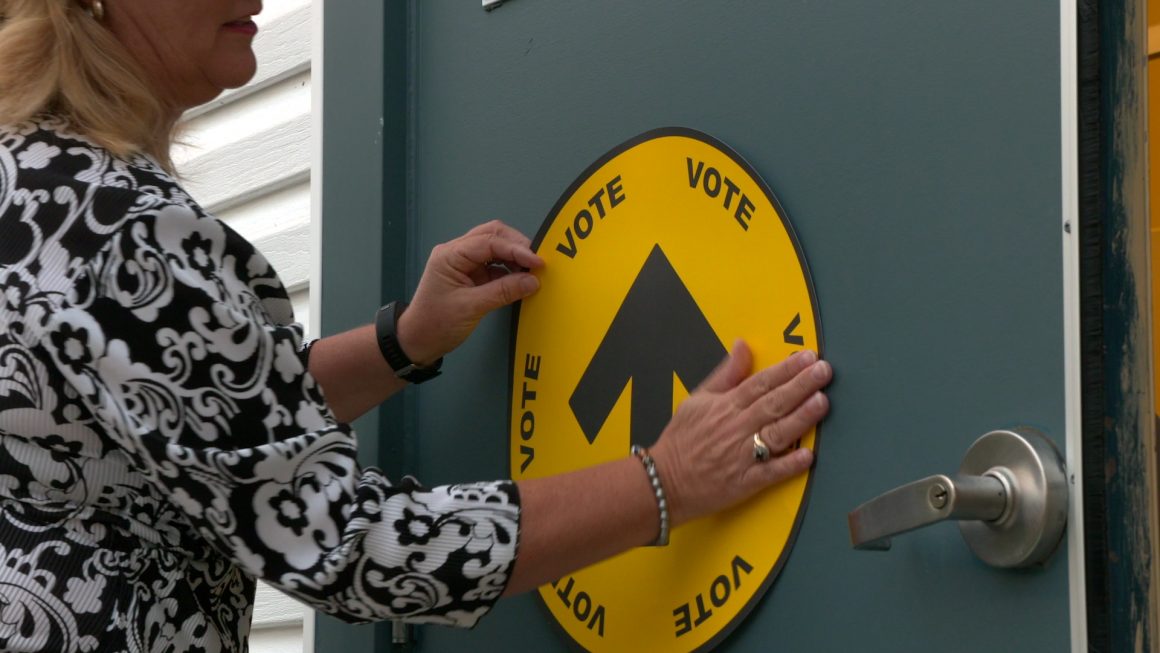
How students can get involved in ‘pivotal’ federal election
By Alexander Howey, April 15 2025—
In little time, much has changed in global politics, with this shift being felt nationally. Canadians will go to the polls on April 28th to choose the next Prime Minister in a crucial election.
Last month, Liberal Party Leader Mark Carney called a federal snap election amid trade threats and challenges to Canadian sovereignty from United States President Donald Trump.
As campaigning ramps up, parties need to address major domestic concerns including housing and affordability, while framing them in the context of increasing economic tensions with Canada’s biggest trading partner.
The Gauntlet interviewed Dr. Lisa Young — a University of Calgary professor of political science and expert in political parties, election law and election finance.
“I think the challenge from the Americans is more than just tariffs. It’s a challenge to Canada’s sovereignty and existence,” Young said. “If you take Donald Trump at his word, it really does presuppose that Canada needs to position itself differently in the world.”
The two candidates likely to become Prime Minister have very different resumes. Carney has a long career in central banking and finance, with experience on the world stage.
“I think the liberals are able to claim that they are the party that is best equipped to deal with the economic challenge posed by Donald Trump,” Young explained, citing how Carney supported England during the Brexit crisis.
Conservative Party leader Pierre Poilievre has two decades of experience in federal politics. In addition, Poilievre has been campaigning for over two years, capitalizing early on discontentment surrounding the incumbent party.
“Poilievre has done a remarkable job of catching the attention and mobilizing younger voters,” Young stated, referring to the efficacy of Conservative messaging around housing and affordability, convincing many that the “federal government isn’t doing enough.”
Young attributed some of the Conservative’s initial success to how voters who could vote Liberal or NDP were “frustrated with the government,” and former Prime Minister Justin Trudeau.
“That’s the group that the conservatives, I think, are struggling with a bit [now],” said Young.
Opinion polling has quickly shifted following Trudeau’s departure from the Liberal Party, with the Conservative Party losing a lead they maintained for the better part of a year. CBC’s Poll Tracker, which averages multiple surveys, currently has the Liberals at a newfound lead.
“At this point, neither of the parties has issued a full platform,” Young stated, going on to point out how “it’s also difficult because there’s a lot of similarity” between the parties’ plans, particularly citing the Liberal housing plan’s similarity to the Conservative’s as an example.
When asked how one could critically evaluate party platforms, Young stressed the importance of mainstream media analyses, and considering the partisanship of the media one consumes.
“You’ve got to be an educated consumer of media,” said Young.
“There’s a sense of generational consciousness at the moment that we haven’t seen among young people for a long time,” Young stated. “Political parties historically in Canada have ignored the concerns of younger people because they assume that younger people won’t come out to vote.”
Young commented on the inconvenient timing of the upcoming election for students, but offered a lighthearted suggestion to encourage participation.
“It would be hard to do worse than late April for students in particular,” Young joked, referring to the “less than ideal” timing of the election for students.
She highlighted how this could be combated by encouraging students to collaborate.
“Go vote together, make it fun, make it an outing,” said Young.
Young warned of the long-term impacts of this election.
“When we look back on this election, we’re going to see it as a pivotal moment in Canadian history and that our place in the world changed,” said Young.
Canadian citizens over the age of 18 are eligible to vote. Voters will need some form of ID such as their driver’s licence or any other card issued by the Canadian government with the voter’s name, photo and current address. Conversely, a voter can instead show two pieces of ID that have their name with at least one with the voter’s current address. To register to vote visit the Online Voter Registration Service. To find your assigned polling place, enter your postal code here.
Students from other parts of Canada who live in residence and wish to vote in the University of Calgary’s federal riding of Calgary Confederation must complete a Letter of Residence. This letter must be signed by a Residence Services administrator at the Campus Service Centre, located in International House on the main campus.
The University of Calgary is also signed up to have a polling station for the Vote on Campus program, meaning students can cast their ballot in advance here on campus in the Hunter Student Commons (HNSC) Room 141. Students will be able to vote from 12 p.m. to 6 p.m. on April 13th, and 9 a.m. to 9 p.m. from April 14 to 16th.
There is also still time to order a mail-in ballot. You can apply online here to order a voting kit. Electors planning to vote this way should plan ahead. The application deadline is April 22nd at 6 p.m. and the deadline for the ballot will be indicated in the kit.
More information on the federal election can be found at elections.ca.
